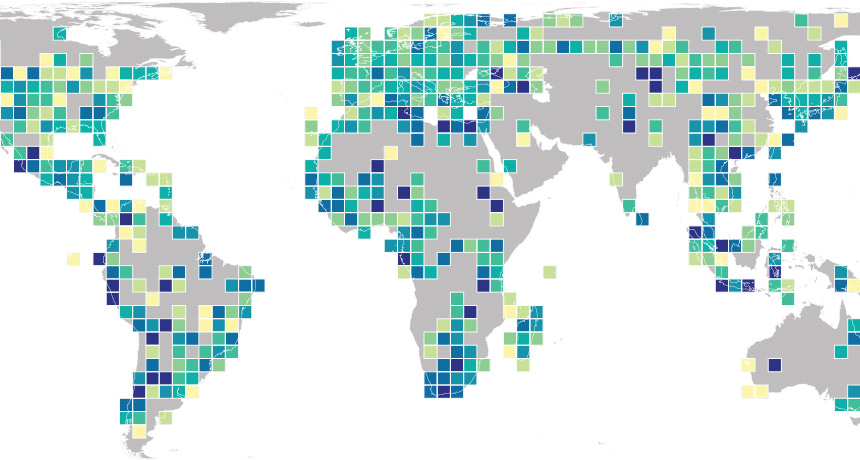Despite another year of the U.S. Centers for Disease Control and Prevention hyperventilating weeks after a foodborne illness occurs (devastating lettuce farmers while showing how they little they know when exaggerating what they do know), the more evidence-based bodies
at the U.S. Food and Drug Administration and the
U.S. Department of Agriculture made 2018 safe to go into the pantry again.
Because few people are all that panicked about lettuce, but everyone wants to know about pesticides.
From the Neolithic to present times, the amount of sunlight we see in a day has had a profound impact on human culture. We are fast approaching the winter solstice for the Northern hemisphere, which takes place on December 21. This is the longest night of the year – once celebrated as “Yule” by the pagan people of Northern Europe before it became Christmas.
Christmas and the holidays are a time to relax and celebrate with family and friends. But the festive season can also be a time of unwanted weight gain that won’t budge once the holidays are over.
Research (mostly from the United States) has found adults typically gain 400 to 900 grams over the holidays.
No-one wants to miss out on the celebrations. But knowing more about the kilojoule content of your favourite Christmas treats can help you make conscious decisions about which foods and drinks to have and enjoy, and what portion sizes to choose.
In 2013, the Windsor city council voted 8-3 to remove fluoride from water. This was not the work of right-wing John Birch Society members, who were against fluoride in the 1950s because it was government interference in water, this was the result of left-wing anti-science activists. A few have wrapped themselves in the flag of personal choice about consumption, but most are honest in claiming they link negative health effects to fluoridation.
This year, I served on the judging panel for The Royal Statistical Society’s International Statistic of the Year.
On Dec. 18, we announced the winner: 90.5 percent, the amount of plastic that has never been recycled. Okay – but why is that such a big deal?
A Centers for Disease Control and Prevention
analysis of five years of death certificates (2011-2016) found that among drug overdose deaths 29 percent were due to fentanyl by 2016, a huge leap from 4 percent in 2011, when oxycodone was most dangerous at 13 percent.
Whenever we talk about people and how they behave on a certain environment there seems to be a general consensus in the way it should be. Society summarizes the sum of individuals, and bring with it a single framework from which every person can work from there to face reality. Some of those products are education, laws and morality just to name a few.
As we can see there has been certain level of success by acknowledging the social construct. Why hasn’t it been completely successful? There’s an underlying assumption we have complete control over the way we think.
Two weeks ago, CNN shocked some in the science community by having Vani Hari, who styles herself as "The Food Babe"(1), tell us that the bacterial problem on romaine lettuce
was caused by modern medicine. It was no great surprise to most of us, if there is a hyperbolic claim about science CNN is an always reliable platform to create a story or at least tweet about it.
There are many sensationalist stories today about this research. But they were looking at the past history of this volcano. Not the present. It is not ready to collapse right now and is closely monitored. Likely to be centuries to millennia before a collapse if one is possible at all - it may have ended that phase too. A normal eruption would be devastating for local people and it is closely monitored. It probably did not make the Neanderthals extinct but the 2–4C global temperature reduction for a couple of years might have helped modern humans to get an edge over the Neanderthals at a critical time in the past.
Example stories to debunk:
KAIST International Forum on Asia’s Futures, Session 2
Seoul, December 13, 2018
I thank our conference hosts for the kind invitation to participate in this panel, and for the opportunity to assemble these thoughts on Asia’s Technology-Driven Futures.
Let’s outline a context for these futures, before diving into the three questions posed to the panel.
There is a global environmental crisis. For Asia, the most pressing consequences are water shortages in China and elsewhere, due to less Himalayan snow runoff, and coming mass migrations due to rising seas, stronger storms, and inundation of coastal areas.









